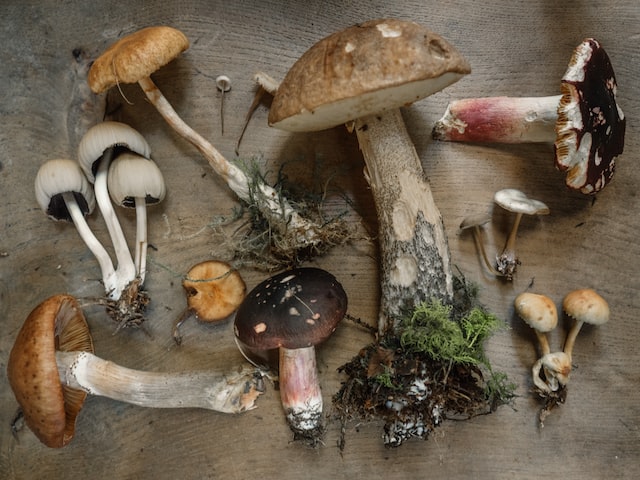Wild edible mushrooms have a high economic and gastronomic value, due to their nutritional and medicinal properties. They are considered functional foods, because in addition to their nutritional properties, they have been shown to have beneficial effects on health that can be used in the prevention or treatment of diseases. Their therapeutic action is attributed to the bioactive compounds they have in their fruiting bodies.
History
The systematic study of fungi is only 250 years old, but the manifestations of this group of organisms have been known for hundreds of years. Based on world plant diversity, they reported that there were possibly between 1,500,000 to 2,500,000 species of Mushrooms. It was estimated that there may be 200,000 species, of which only approximately 7,000 are known. You can find a large range of high quality fresh and dried mushrooms at very reasonable price.
Wild Edible Mushrooms are well known to indigenous people in forest communities and have become a highly valued resource for them. They are collected in the rainy season, identifying them based on their shape, color or consistency; place where they grow and time of development, where the inhabitants have learned to classify them by the knowledge they have inherited from their ancestors. The traditional names, with which the species are referred to by the inhabitants, are fundamental to interpret their classification criteria that allow them to be cataloged in hierarchical systems in a very similar way to the western ones. The main grouping criteria come from the popular names. An example of this is the fungi of the genus Ramaria, which they name as escobitas, due to the branched shape of the mushroom. Another is the mushrooms of the genus Lactarius that are popularly known as enchilados, but Lactarius indigo is named blue enchilado due to its color. However, more research is needed to identify wild edible mushrooms species, since it is estimated that only 3.5% is known.
Some Example of Edible Mushrooms
The best-known macromycetes among the population are those that are edible and cultivable, such as the mushroom (Agaricus bisporus) and the mushroom (Pleurotus spp) that can be found in supermarkets. However, there are more and more wild species of edible mushrooms that are listed in markets and street markets. So every day researchers are more interested in characterizing different species, in order to know their properties. Nutritional and therapeutic, find suitable cultivation techniques that allow their commercialization in the future and in the development of new culinary products made from mushrooms.
Characteristics of Edible Mushrooms
Wild edible mushrooms are considered a functional food, since their consumption has been shown to positively impact one or more functions of the body.
The functional food concept was introduced in Japan in the mid-1980s, where dishes made under this concept were called Foods for Specific Health Use (FOSHU). This trend caused current research on food to focus on the elimination of substances that are unfavorable to health and increase the content of substances with positive effects for human beings. The properties of fungi are unique, they represent a kingdom with characteristics very different from those of plants and animals and their potential as medicinal food is very broad but not widely known among the population.




